
New veterinary treatment options for this common cause of equine lameness are encouraging, but early results raise questions that need answering.

New veterinary treatment options for this common cause of equine lameness are encouraging, but early results raise questions that need answering.
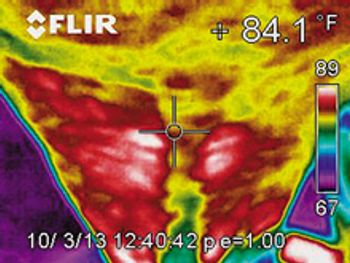
Imaging results, clinical signs and individual circumstances all play a part in addressing this increasingly prevalent condition.

Learn how this new technology sees what the human eye cant.

When a national medal is on the line, the Lameness Locator can help equestrian teams select their athletes with confidence.
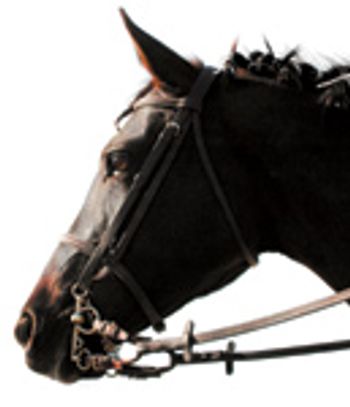
A veterinary overview of the causes, diagnostic approach and treatment options for this common condition in performance horses.

A look at the pros and cons of standing vs. recumbent magnetic resonance imaging systems.
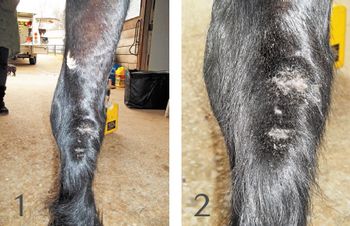
With a recent spike in popularity-and more than 100 years of tight inbreeding-these horses are developing serious breed-specific conditions.

When it comes to the use of furosemide for treating EIPH, here's what veterinarians can all agree on.

New developments in saddle analysis can help veterinarians determine if a horse's sore back is due to poor-fitting tack.
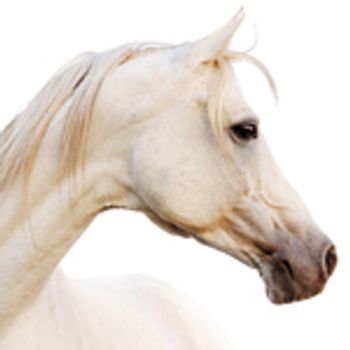
Certain areas have seen cluster outbreaks of this disease and helped shed light on risk factors and preventive measures.

Current weather patterns and deworming protocols are likely factors in development.

As researchers examine data from previous outbreaks, more insight is gained into reducing susceptibility to further epidemics.

This antiarthritic agent long available outside of the U.S. is attracting renewed interest for sport horses.

New studies show rehab can get horses back to health even more quickly than previously thought.

Using grazing muzzles may help limit intake and reduce the chance of overfeeding.

The debate on why costs are increasing goes on, but is there a solution?

Educate your clients on how to snap good images of what's ailing their horses to send to you.

Evidence-based medicine calls into question whether this disorder truly exists.
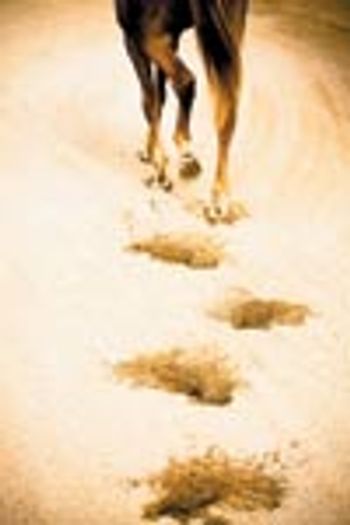
Conditioning principles coalesce between the two disparate forms of sport, to mutual benefit.

Renewed attention is being paid to older treatment options, especially for antibiotic-resistant pathogens.

Targeted horse husbandry and evolution has produced an elite equine athlete capable of attaining fast speeds and exercising over long distances.
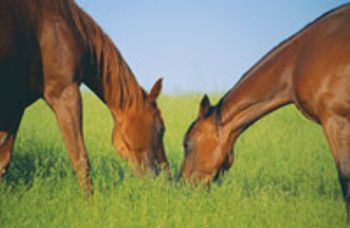
Food allergy in horses is a confusing, poorly understood and sometimes controversial topic.
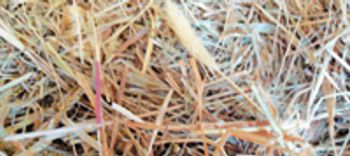
A slobbering horse can signify anything from mild to serious, even fatal disease.
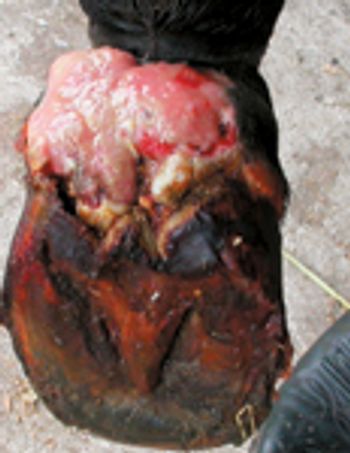
The extremely rapid rate of growth of these lesions and the generally fatal outcome in these cases makes remembering this disease crucial for equine practitioners since early recognition and appropriate treatment are the only hope for survival for infected horses.

The NASC seeks to protect and enhance the integrity of the animal health product industry.

Although rare, feed-associated poisoning in horses occurs, sometimes with fatal consequences.
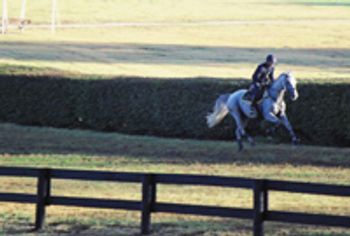
A new study in top equine athletes brings nutritional deficiencies into the spotlight.

A plan eight years in development will finally come to fruition.
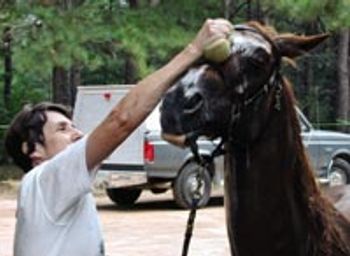
Often clients will consult their veterinarians regarding conditioning, nutrition, supplementation and managing horses exercising in extreme heat.

Corneal disease and damage resulting in cloudy, blue eyes has many causes.
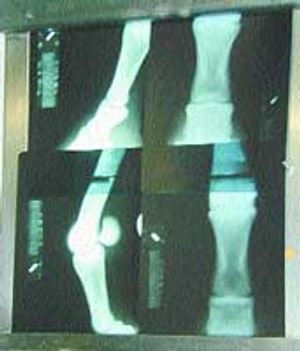
Published: February 1st 2001 | Updated:
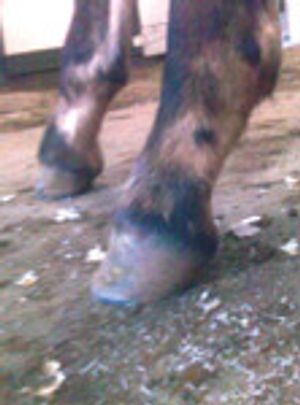
Published: March 1st 2009 | Updated:
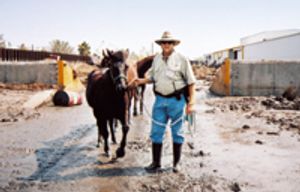
Published: January 1st 2006 | Updated:

Published: June 1st 2012 | Updated:

Published: May 1st 2012 | Updated:

Published: August 1st 2010 | Updated: